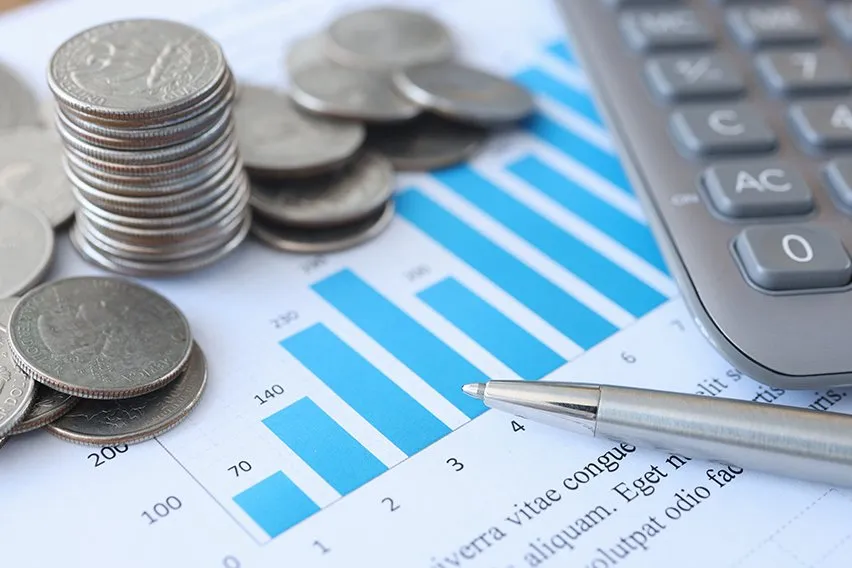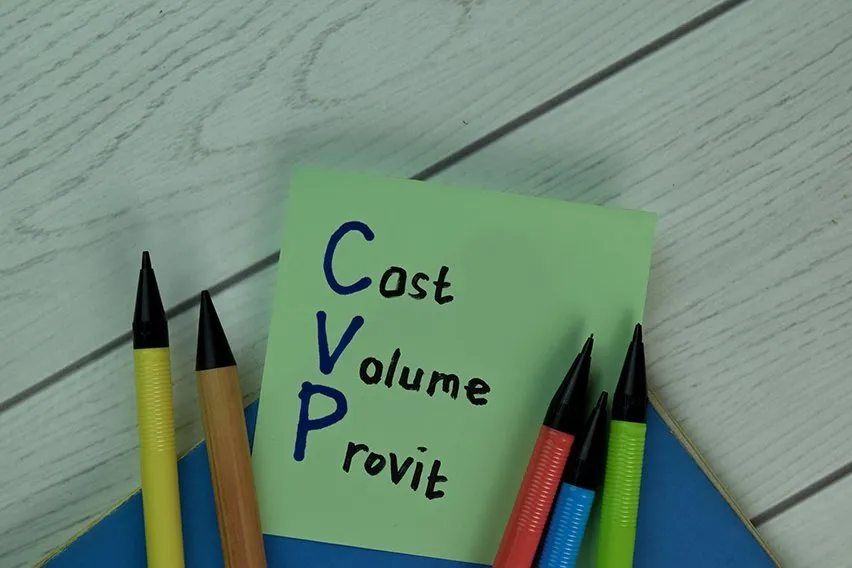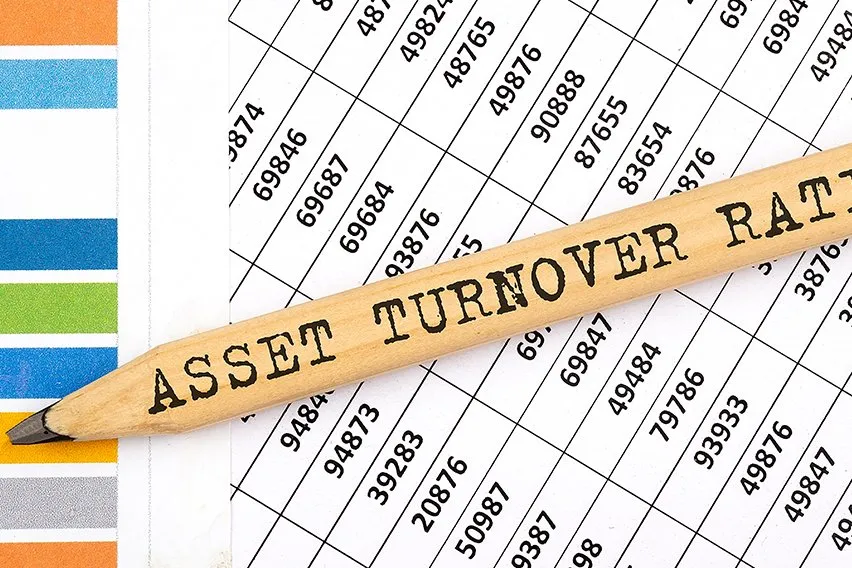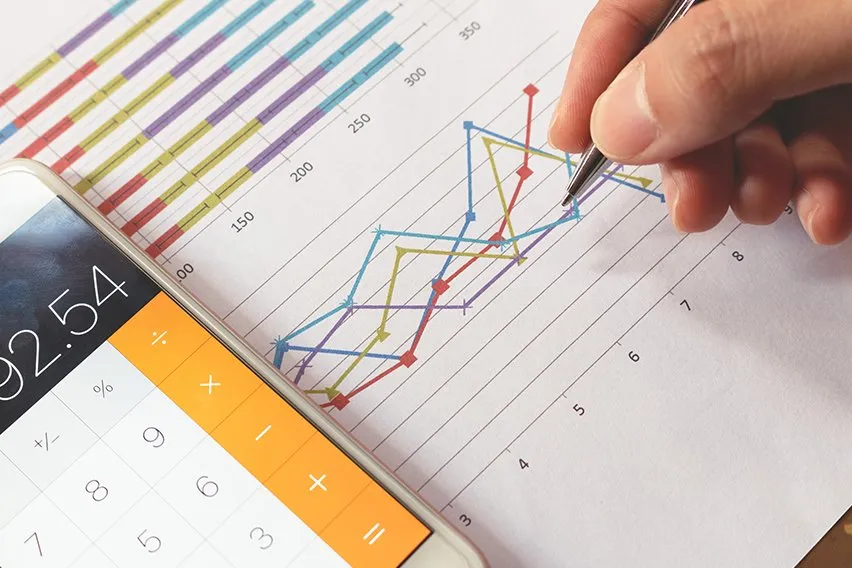Discounted Cash Flow (DCF): Formula, Examples & Calculation

Discounted cash flow analysis is often seen as an overly complex valuation method. And to young investors, this is likely true. But completing the discounted cash flow (DCF) formula correctly is an excellent way to find a company’s intrinsic value.
Many analysts use the DCF formula in the world of finance. And yet, there are just as many who steer clear of it due to its intimidating nature. But once you understand what all of the formula’s components mean, you will have a much easier time using it.
In the sections below, we analyse various components of the DCF. You will also find some examples of the formula in action to help you in writing out your own. Don’t give up if you can’t get it right away. This is indeed a formula that is more detailed than many others used in financing.
For a helping hand in your accounting efforts, we encourage you to try FreshBooks. We will talk more about it at the end of this guide. So be sure to stick around till the end to learn how you can try this powerful software free of charge.
Here’s What We’ll Cover:
What Is Discounted Cash Flow?
Discounted cash flow is simply a method that professionals use when estimating an investment’s value. Moreover, it is based on projected future cash flow analysis. The cash flow analysis of DCF attempts to determine current investment values. These are based on predictions of the amount of future capital generated.
This applies to company or security investor decisions, such as buying stocks or acquiring companies. Business decisions related to capital expenditure or budgeting should use this formula.
It’s important to understand that the use of discounted cash flow models helps evaluate everything from a Fortune 500 company to your home. Thus, financial analysts exercise these models in an effort to find the intrinsic value of almost anything with cash flow. This includes valuing a business, bonds, or purchasing new equipment.

The value is calculated from the prediction of future income, or cash flows. These cash flows are then discounted to coincide with the present. Doing this gives us the present value of future income.
If this sounds complex, it really isn’t. Consider this: $50 in 2021 isn’t worth nearly as much as $50 in 1964. This is due to inflation and how it causes money to lose its value in the future. So by applying discounted rates to future cash, we can establish the current value of that future money.
The most ingenious part is that this model makes it easier to determine whether a company is overvalued or undervalued. Suppose the result of the discounted cash flow analysis is higher than the company’s present market value. The company is theoretically undervalued and therefore may generate better returns in the future.
Hopefully, you now have a better understanding of discounted cash flow. So let’s talk about the discount rate and other components necessary in calculating discounted cash flow.
Discounted Cash Flow Rates
Before we go over the formula for DCF, we need to set the stage for the discount rates. You will need the following rates moving forward:
- Growth rate of future cash flow
- Discount rate of future cash flow
- Terminal rate to find DCF’s final value
Moving on, it’s important to note that DCF changes according to the components you enter. This is particularly true for the rates defined above. As such, you need to think about the effect your components can have on your valuations.
Growth Rate
The two most sensitive parts of DCF are the growth rate of cash flow analysis and the terminal rate. Therefore, it is always best to be as reasonable as possible when using the DCF model. One way you can predict the future of cash flow is to look at its past growth rates. Are these growth rates reasonable? If so, project these growth rates into the future.
Since you can’t predict the future, the numbers you use are always going to be estimated. So try not to pay too much attention to getting the number just right in any of your inputs. A good way to achieve this discovery cash flow growth goal is to view analyst forecasts from your favourite website. You can also examine past numbers and forecast forward.
Discount Rate
Now we will find the discount rate of the cash flow. To derive the discount rate, we need to use a method called WACC (Weight Average Cost of Capital). Here, we will discuss the components and the best way to formulate WACC.
In short, the WACC is the foundation of the CAPM (Capital Asset Pricing Model). WACC is the cash flow calculation of a firm’s equity and debt cost in a weighted average. So first, you need to find what the company is paying in equity and debt.
To determine the cost of equity, you need to use the following formula: Rs = RRF + (RPM * b). Therefore, “RRF” refers to a 10-year risk-free treasury rate. “RPM” refers to the risk premium return expected by the market. And “b” refers to systemic risk, or a stock’s beta.
So assuming you have an RRF of 0.75%, your systemic risk (b) is at 1.71%, and your expected market return is at 6%, the equity cost is as follows:
Rs = RRF + (RPM * b) = 0.75% + (1.71 x 6%) = 11.01%
Terminal Rate
Lastly, there is the terminal rate. The terminal exchange rate can be said to be one of the more important inputs of DCF; it has a great influence on the value we reach in the future. The easiest way to determine the final interest rate is to use the same interest rate as economic growth. Anything higher, and you risk outpacing the economy down the road.
Calculating DCF
The goal of DCF valuation is to derive the fair value of the stock. It’s also useful in determining if a trading price is higher than that value (overvalued) or lower than that value (undervalued).
Remember, value investing aims to find undervalued stocks, that is, stocks that trade below their fair value, so they have room for growth.
After understanding WACC, you can create a spreadsheet to calculate the company’s free cash flow (FCFF). This is good for the next five years by using the current year’s sales and EBITDA and assuming a sales growth rate of 7.72% and a tax rate of 8.14% inside.
Then, you use WACC to discount FCFF to its present value. The change in working capital is discounted using the WC/Sales ratio (ratio of working capital to sales), which in this case is $90 / $9,200 = 0.98%.
Let’s look at the formula in greater detail.
DCF = CF1 ÷ 1 + r ^ 1 + CF2 ÷ 1 + r ^ 2 + CFn ÷ 1 + r ^ n
If that looks like Greek, hang with us. Let’s take a look at what each component means to give you a clearer understanding of the formula.
DCF: Sum total of all future discounted expected cash flows to come from the investment.
CF: This refers to the total amount of cash flow for any given year. But you can tell which year by looking at the small figure following “CF.” For example, CF1 refers to the first year, while CF2 refers to the second year. And lastly, CFn refers to each subsequent year.
r: This is the decimal form of the discount rate, as discussed above. This is essentially the targeted rate of return you want the investment to yield.
Let’s look at another example. Let’s say someone you trust offered to loan you $1,500 three years from now. However, they ask you today how much you are willing to pay for it today. Would you pay more, less, or the same?
For you to answer this question, you need to convert $1,500 into what it is worth to you in the here and now. For instance, if you have $1,000 today and compound at a rate of 14.5% a year, it’ll be equal to $1,500 in three years.
So in this scenario, you would write the following equation:
$1,000 x (1+0.145)3 = $1,500
Or
$1,000 = $1,500 ÷ (1+0.145)3
You would arrive at the same total if you were offered $1,200 at a rate of 7.7%. In three years, it would be worth $1,500. Therefore, determining the total present worth for a future amount depends on the rate of return.
Do you have a specific target in mind for the return rate? You can figure out the precise maximum amount you would pay now for the return in the next three years.
This is the role of the DCF formula. It serves to convert the future cash flow you may get from an investment in a current value. This is determined by the compound rate of return that you can reasonably realize with your funds today.

Analysing the projected discount cash flow will help you tell good investments from bad ones, whether you are:
- Buying stocks
- Buying shares of a real estate or business
- You want to find something to invest in from multiple options
Can you purchase an investment at a price lower than the sum of discounted cash flows? If so, it might be undervalued (which can be highly rewarding). But if the price is above the discounted cash flow sum of what it is expected to generate, it’s likely overvalued.
Key Takeaways
Understanding the discounted cash flow formula is essential in finding the true value of a company. If you are in the world of investing, you’re going to need to practice this formula until you master it. If you could use a hand with your business ventures, we invite you to try FreshBooks.
This software comes with double-accounting tools to keep your reports accurate and factual. You can determine your cost of goods sold, create a balance sheet, and much more. What’s more, you can try this software for free!
And as a special offer, you can buy FreshBooks and get 60% off for six months. So download it today and see what it feels like to have your own personal accountant at your fingertips. And in the meantime, don’t forget to visit our Resource Hub for even more vital news and info.
We provide regular updates on important topics in the business world. We’re confident that you will find guides and insights that help you in your investing needs.
RELATED ARTICLES

 What Is the Contribution Margin & How to Calculate It? A Guide
What Is the Contribution Margin & How to Calculate It? A Guide What Is Cost Centre: Definition, Function & Examples
What Is Cost Centre: Definition, Function & Examples What Is CVP Analysis (Cost-Volume-Profit) & How to Perform It?
What Is CVP Analysis (Cost-Volume-Profit) & How to Perform It? How to Calculate Asset Turnover Ratio? Formula & Example
How to Calculate Asset Turnover Ratio? Formula & Example Marginal Cost: Definition, Formula & Examples
Marginal Cost: Definition, Formula & Examples